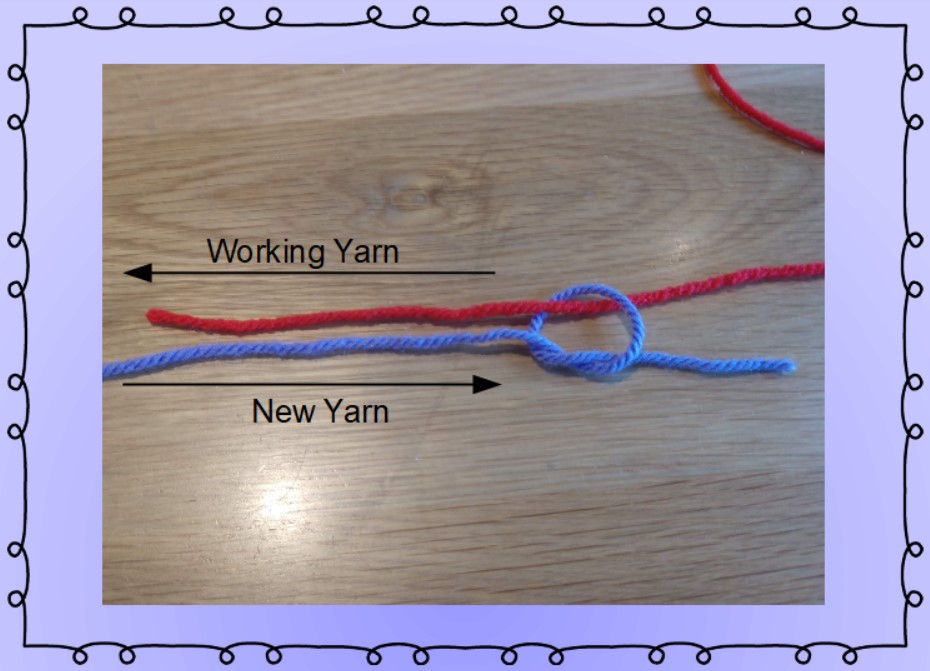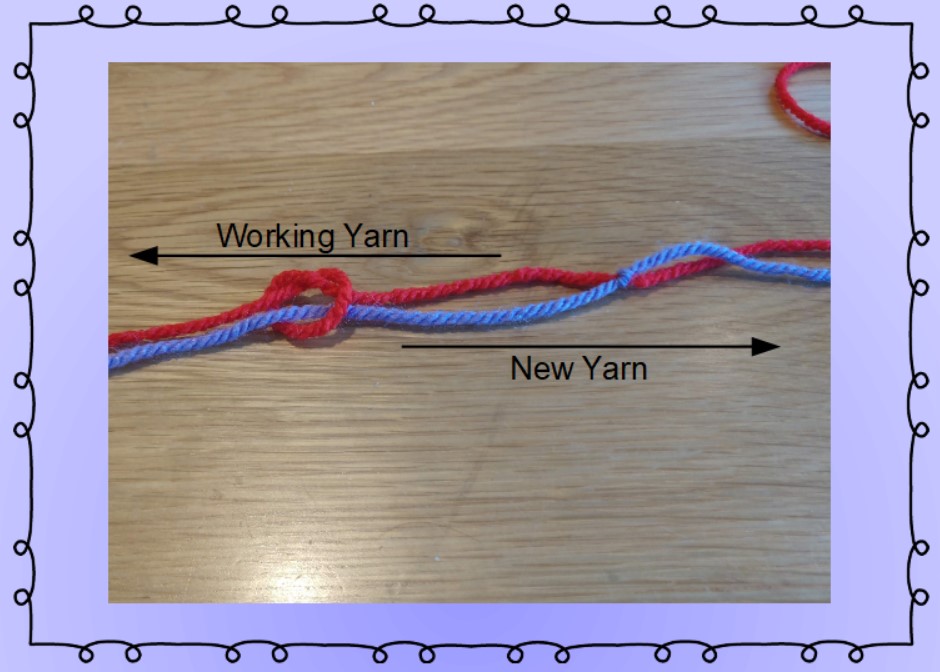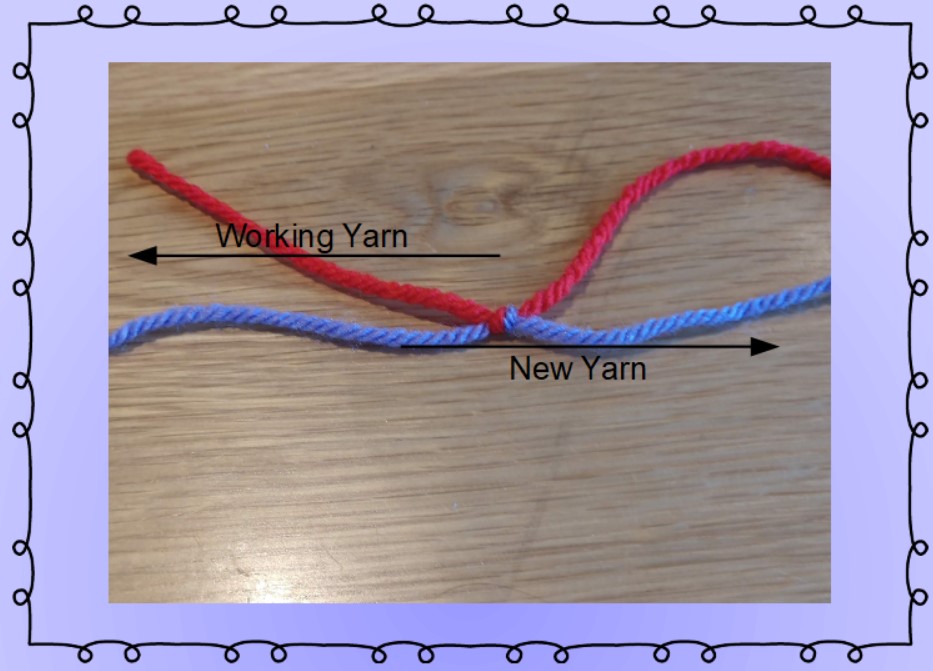Sewing In Ends
Anyone who’s crocheted for any amount of time thinks that the WORST part of projects is sewing in ends. Okay it’s me. I’m anyone. And I hate sewing in ends.
I’ve experimented with a variety of methods and spoken to many crocheters about it and I’ve decided the absolutely MOST IMPORTANT TIP is to leave your ends long enough. Like about 12 inches. Unless you’re playing yarn chicken, and then you do what you have to do.
If your end is long enough, you have room to sew in ends right. You won’t use all this length, but you’ll use maybe half of it. If your end is too short, that last little pass through will be extremely hard and you might have to resort to some special tricks to make it work.
First, start with the best needle. I like stainless steel best. Aluminum gives me the heeby jeebies. It squeaks and sounds like fingernails on a chalkboard to me. So don’t fall for the pretty colored needles. Unless you like that sort of thing. 😉
These are my favorite needles. Clover Bent Tip Tapestry Needles The little bent end makes it super easy to get in the tiny spaces between your stitches. And since they’re stainless steel, they’re also magnetic, so they stick to the magnets on my work easel. Major bonus points on that one.
Next, once you have your yarn threaded, you weave your ends into the bottom of your stitches for at least 10 stitches, making sure you poke in between the plies on your last stitch. Next, turn around and go back through the same stitiches, but be certain you don’t go back through that first yarn split. Again, with the last stitch, you want to go between the plies on the final stitch. You may do this a third time depending on the project. I usually do, because I want that extra length available in case something goes wrong after the project is done, but it should be secure enough with just two passes if you have a delicate project and you don’t want the bulk to show through.
That’s it! Snip the yarn as close to the end as you can, and I normally rough up the edges just a bit to hopefully tangle them together and add a measure of security. This is particularly effective with wool and other knotty yarns.
Happy Hooking!

















